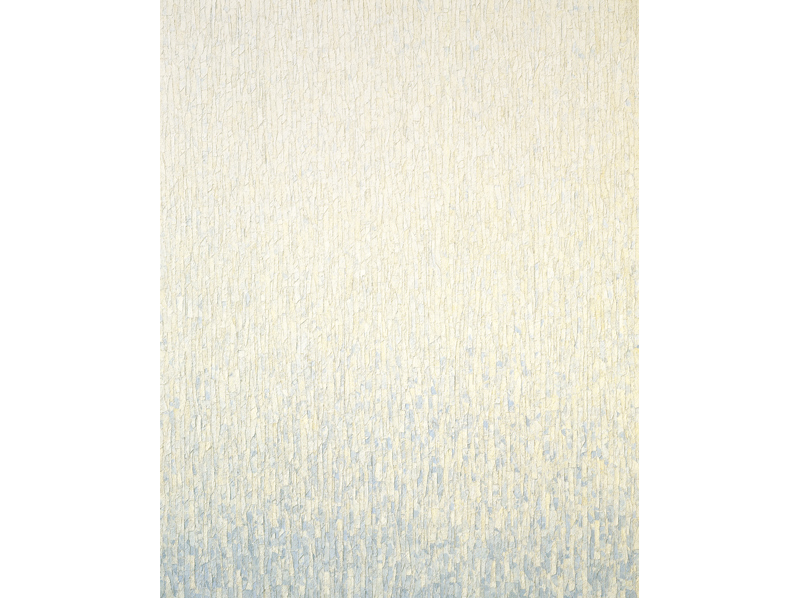Exhibitions

 Current
Upcoming
Past
Current
Upcoming
Past
Chung Sang Hwa, Lee Ufan, and Moon Seung Keun who worked in Japan in 1970s pondered upon how to contain thoughts in painting beyond the problem of how to represent objects. As a result, they gradually came to empty the canvas rather than fill it up with images. The advent and development of monochrome painting which formed a major trend in Korean art world at the same time was closely connected with these artist’s activities mediating the arts of two countries, Japan and Korea. They made an important contribution to the development of Korean and Japanese contemporary arts. Artist Chung Sang Hwa(b.1932-) was born in Youngdeuk, Gyeongsangbuk-do. Chung graduated from the art department of Seoul National University and studied in France between 1967 and 1968. Then he stayed in Japan from 1969 till 1976, and came back to France and worked there from 1977 till 1992. He finally came back to Korea in 1992 and has concentrated on working in his studio located in Gyeonggi-do since then. He is trying to express the invisible through the repetition of “revealing” something and “filling up” the canvas not by “painting” on it. Chung is searching for the life of modern people running around in circles everyday and its fundamental and philosophical meaning through his paintings. Artists Lee Ufan(b.1936-) studied in Seoul National University in Korea. But he dropped out of the school and studied philosophy in Nihon University in Japan. Then, as an artist and critic, he became one of the founders of the Japanese monoha movement in the 1970s. In the work, the points start as clear marks at first but gradually lose their definite forms and colors. This repeats itself and covers the canvas. Showing the repeated generation and disappearance of points, his works contain the cosmic principle. From the series of












